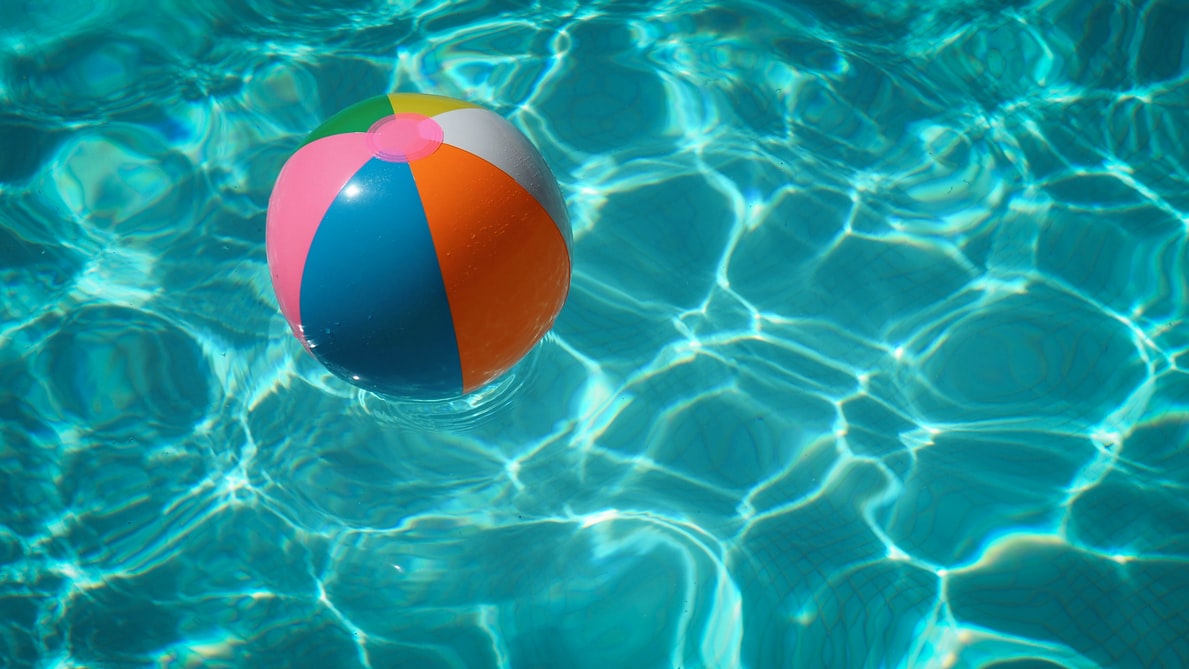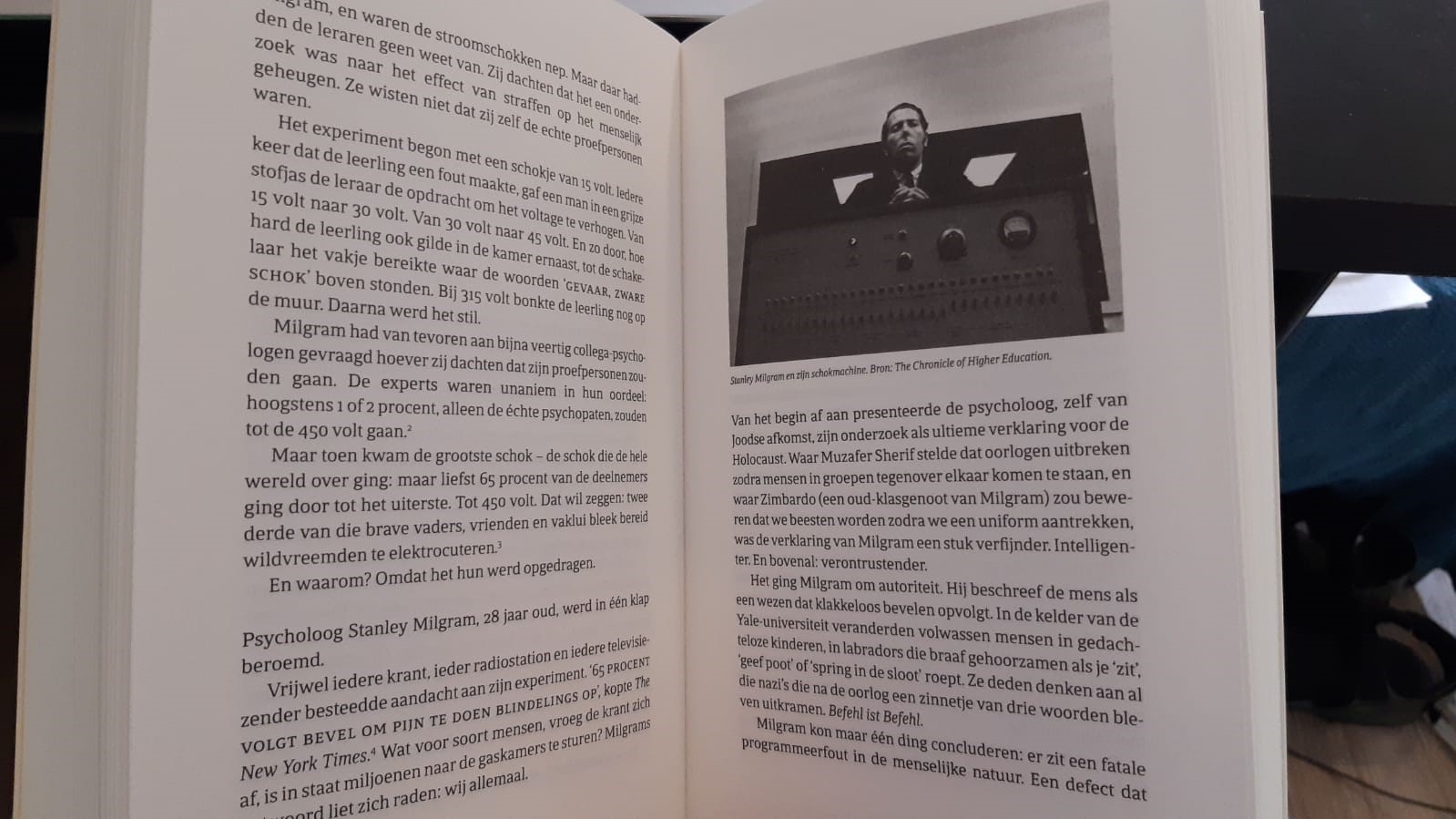Making third-world maps!
26 January 2020This Thursday, we at DWARS Groningen will commit to the Missing Maps project. This project helps to map the most vulnerable parts of the world. Wondering how this works and why it is so badly needed? Vera from the editorial team explains it for you.
An Ebola epidemic broke out in West Africa in 2014. The disease spread rapidly and killed thousands of people. Aid agency Doctors Without Borders helped fight the epidemic in areas where it was desperately needed. This included Liberia, a hard-hit country where at the time there were 51 doctors for a population of some 4.2 million people. However, relief organisations ran into several problems, including the fact that the country was very poorly mapped. This made it a lot harder to quickly provide the right aid or keep track of how the disease was spreading. All the while, this information was badly needed.
Missing cards
To prevent situations like the one in West Africa in the future, a new project was launched by Médecins Sans Frontières and others in late 2014: Missing Maps. The aim of this project is to map vulnerable areas in developing countries so that relief organisations are able to work better and faster. When a disaster happens, it is important to already have a map of the area. Since it is never exactly clear when a country will be hit by a disaster, the maps are made now. So the work is done pre-emptively and with the help of anyone who wants to help.
How does that work?
Making good maps of developing countries requires a number of steps. First, it is necessary to determine where the so-called vulnerable areas are located. For this, it looks at the likelihood of natural disasters, political conflicts and diseases. Next, people from around the world can go into action to gather as much information as possible about the chosen area, after which this information is checked and supplemented by local people. The resulting detailed maps eventually end up on OpenStreetMap; a map of the world that can be viewed for free on the internet. And the good news is: you too can help map the third world without any prior knowledge from the Netherlands!
What can I do?
Fortunately, we live in the northern Netherlands, which means we do not really live in vulnerable areas that have not yet been mapped. Therefore, there is no need to go out into the streets here to draw all the buildings and roads on a map. Nevertheless, anyone reading this article who has access to an internet-connected device can help create new and necessary maps. Indeed, satellite imagery allows you to get a lot of information about areas all over the world. This allows you to compile a map from behind your laptop, which is then checked by local people. Of course, you can do this alone, but you can also do it together.
Therefore, we cordially invite you to come to the premises on 30 January with your laptop to engage with the Missing Maps project. Don't have a laptop? Just let us know via the form on the site and something will be arranged for you. Doors will be open from 19.30 and the evening will start at 20.00, complete with vegan pizza. We will have an explanation first, after which we will all go into an area together folders. Hope to see you on Thursday!


